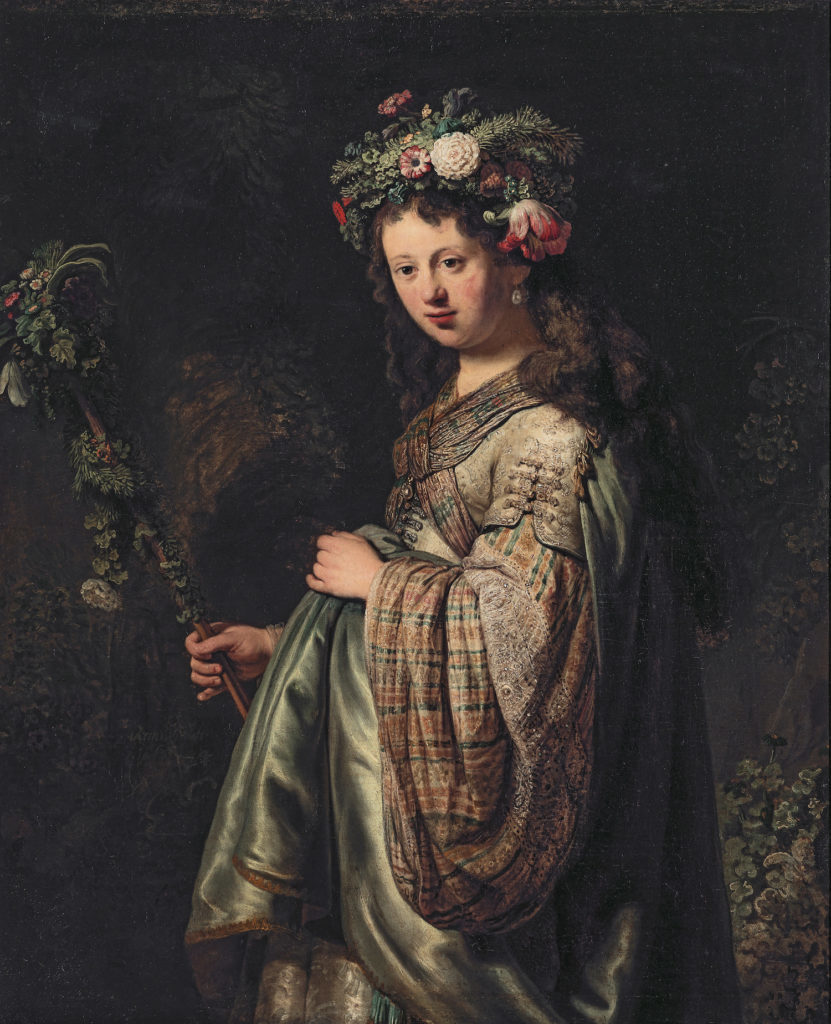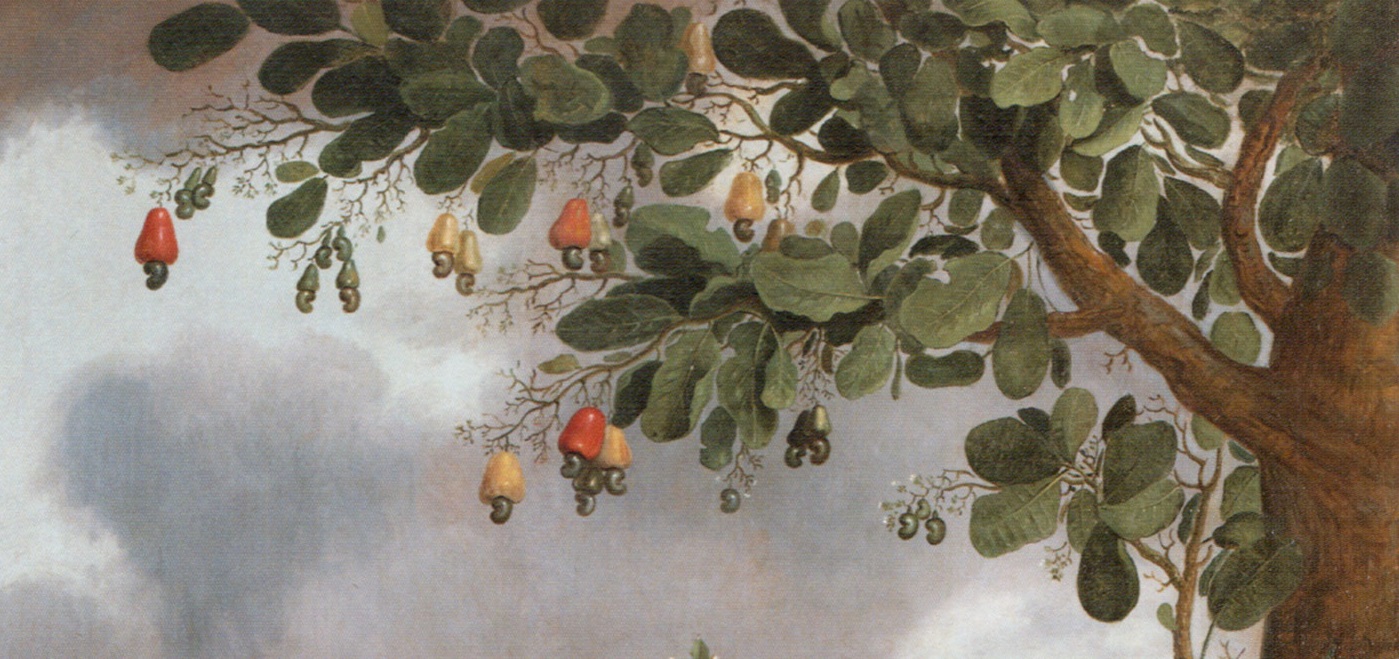Masterpiece Story: Monet’s Garden at Giverny
Claude Monet loved gardening almost as much as he loved painting. When he finally settled in Giverny, he created a natural masterpiece which acted as...
Catriona Miller 23 November 2025
If any painting reminds me of both spring and fall, it is certainly Mameluca Woman by Albert Eckhout. This work is graceful for so many reasons. Ready to fall in love with it?
When Brazil’s colonization began, the Dutch, alongside the Portuguese, controlled parts of the region. The Dutch delegation, led by Maurice of Nassau, included artists who became enchanted with the local fauna and flora—the landscape, often described as exuberant. One of these artists was Albert Eckhout.
Eckhout was born around 1610 in Groningen and arrived in Brazil in 1637 with the mission of visually documenting its newly discovered lands. His work captured the people and places of a world that was then completely unfamiliar to Europeans.
While all of Eckhout’s work deserves recognition, today I want to highlight just one piece: Brazilian Flora. This isn’t a depiction of the region’s lush vegetation that captivated countless painters and naturalists, but Flora—the mythological goddess often portrayed as the bringer of growth and fertility, who makes everything flourish.
The first time I saw this painting, she immediately reminded me of Rembrandt’s Flora. But Eckhout’s work moved me even more, because his Flora a character inspired by the Brazilian imagination.

But returning to Mameluca Woman… The composition of this painting is both beautiful and deeply connected to Brazil. Do you notice the fruits above the woman’s head? They are cashew apples, a very common fruit in Brazil, known for its sweetness and softness. Beneath each apple is the cashew nut, which is actually the seed of the fruit. Eckhout’s technique is so impressive that he even captures the texture of the leaves and tree trunk with remarkable realism. This kind of realism was common among the artists portraying American flora, especially from South America.

The detail that draws the most attention in this painting, however, is Mameluca herself. Her short, curly hair is adorned with a tiara and she wears simple jewelry, which does not indicate wealth but was most likely chosen specifically for the portrait.
The basket with flowers is my favorite part. Beyond its delicate composition, the basket—woven from vegetable fibers—reminds me of the ones my mother used to make when I was a child. Believe me, they’re incredibly intricate to craft (and a true work of art when finished!).

Through skilful use of light and shadow, Eckhout gives the woman’s garments a rich, layered texture, reminiscent of a tunic from antiquity. She stands barefoot, with little rodents gathered at her feet.
In Portuguese, especially in Brazil, the term Mameluca refers to the mixed-race children of Europeans (or their descendants) and Indigenous peoples—similar to the Spanish term Mestizo. During Brazil’s colonial period (1500–1815), these individuals faced various forms of segregation, as miscegenation—inter-ethnic relationships—was frowned upon in this highly moralistic society. The woman portrayed in the painting is of this background, highlighting how many peoples, ethnicities, and cultures contributed to shaping not only Brazil but the entire South American continent.
DailyArt Magazine needs your support. Every contribution, however big or small, is very valuable for our future. Thanks to it, we will be able to sustain and grow the Magazine. Thank you for your help!